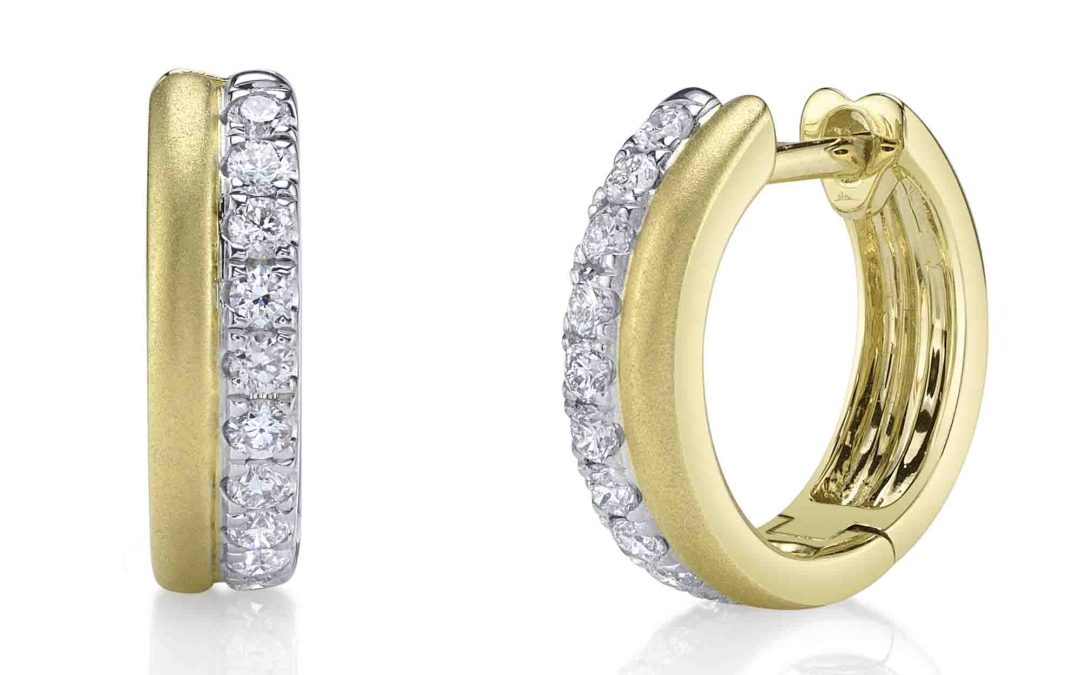When shopping for jewelry, understanding karats is essential. The term “karat” (often abbreviated as “K”) refers to the purity of gold in a piece of jewelry. At Matthew’s Jewelers, we believe that knowledge is power, especially when making an investment in quality jewelry. Here’s a closer look at what karats mean and why they matter in your purchasing decisions.
Understanding Karats: The Basics
1. What Does Karat Mean?
Karat is a measurement that indicates the proportion of gold in a metal alloy. Pure gold is 24 karats, meaning it is 100% gold without any other metals mixed in. However, pure gold is soft and not ideal for jewelry that withstands daily wear. Therefore, gold is often alloyed with other metals, which affects its hardness, color, and durability.
2. Common Karat Measurements
- 24 Karat (24K): This is pure gold and is often used in high-end jewelry and investment pieces. However, it can be too soft for everyday wear.
- 18 Karat (18K): Composed of 75% gold and 25% other metals, 18K gold balances purity and durability well. It offers a rich color and is popular for fine jewelry.
- 14 Karat (14K): With 58.3% gold and 41.7% other metals, 14K gold is a practical choice for jewelry. It’s more durable than higher karat options and is widely used in everyday pieces.
- 10 Karat (10K): This gold contains 41.7% gold and is the minimum karat value that can still be classified as gold in the United States. It’s highly durable and often found in affordable jewelry options.
Why Does Karat Matter?
1. Purity and Value
The karat of gold directly affects its value. Higher karat gold typically costs more due to the increased gold content. For example, an 18K gold piece will usually be more expensive than a 14K piece of the same design. Understanding the karat can help you assess the value of a piece when shopping.
2. Durability and Wearability
Different karats offer varying levels of durability. For instance, 10K gold is more resilient against scratches and dents compared to 24K gold, which is softer and more prone to damage. If you plan to wear your jewelry daily, choosing a lower karat may provide better longevity. Conversely, if you’re looking for something special for occasional wear, a higher karat may be more suitable.
3. Color and Aesthetic Appeal
The karat of gold also influences its color. Higher karat gold, such as 24K and 18K, has a richer yellow hue, while lower karat gold tends to appear paler. Additionally, the alloying metals can create different shades, such as rose gold (copper) or white gold (palladium or nickel). Understanding these differences can help you select a piece that matches your personal style.
Choosing the Right Karat for You
1. Consider Your Lifestyle
When selecting gold jewelry, consider your lifestyle. If you lead an active life, a lower karat may be more appropriate due to its durability. However, if you’re looking for a special piece for formal occasions, you might opt for a higher karat for its luxurious appearance.
2. Budgeting Wisely
Understanding karats can help you budget effectively. Higher karat jewelry tends to be more expensive, so knowing what you’re willing to spend can guide your decision-making process.
Contact Matthew’s Jewelers Today
For expert guidance on what is the difference in karats for jewelry and why it matters, visit Matthew’s Jewelers, Fort Lauderdale Jewelers. Our knowledgeable team is here to help you find the perfect piece that suits your style and needs. Call us at 954-424-2120 to learn more about our collection or to schedule a consultation. Make informed choices and find jewelry you’ll cherish for years to come!

